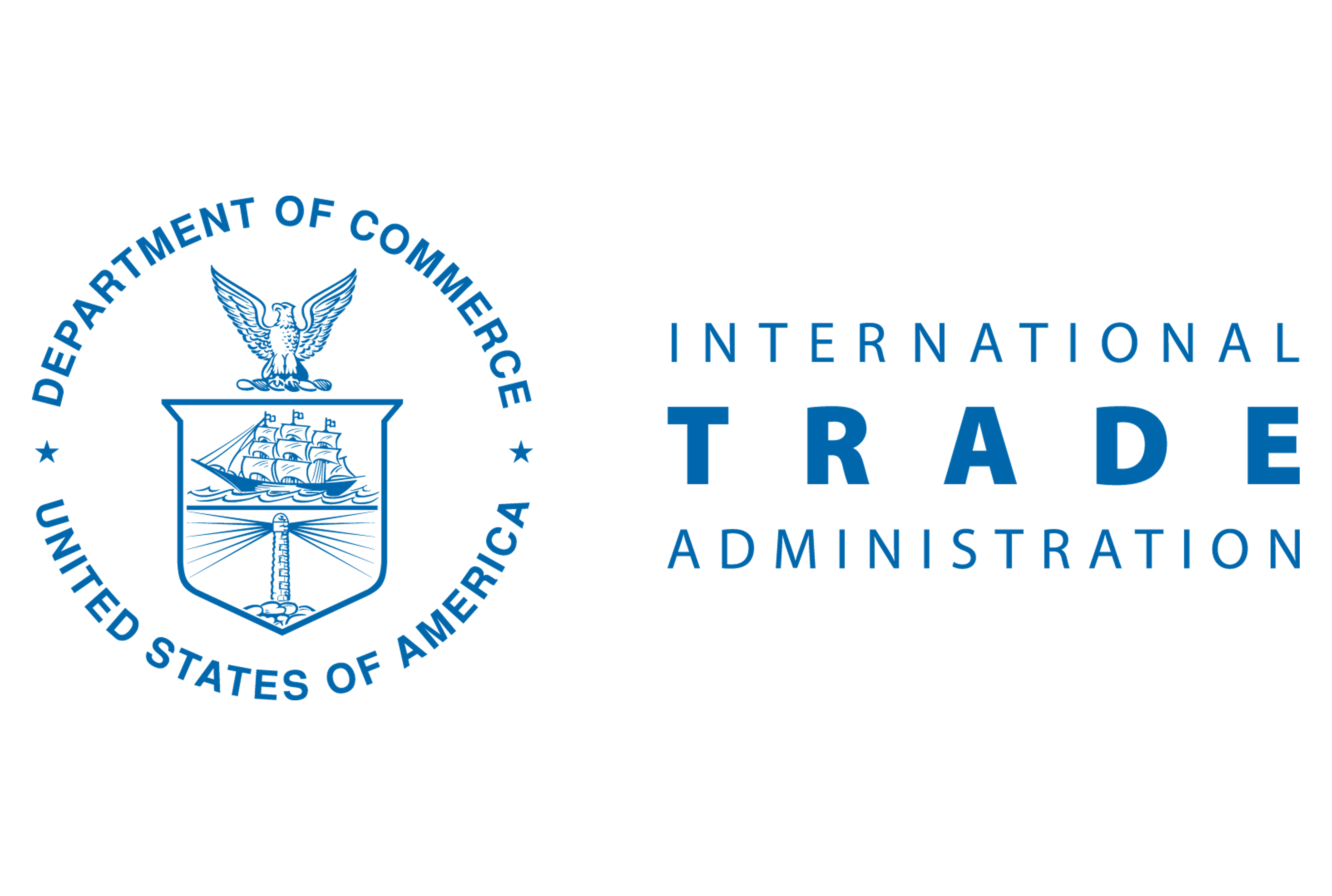Analysis

May 7, 2023
Final Thoughts
The 21st century has shown technology transforming the auto industry. From hybrids to pure electric vehicles, even to hydrogen, popping the hood these days can be more microchip than sparkplug. Beyond that, there’s the interplay with AI. Think self-driving cars. One thing our current technology can’t do, though, (yet) is build the cars itself. That brings us back to a decidedly 20th century issue in automotive: labor.
![]()
In an article about a dust-up over a proposed worker buyout program between European automaker Stellantis—Chrysler’s parent company—and the United Auto Workers (UAW) union, SMU highlighted that the labor contracts for all of the Detroit 3 automakers expire on Sept. 14 at 11:59 p.m. A Stellantis spokeswoman told SMU that negotiations were expected to get underway this summer.
Our northern neighbors will be facing a similar situation as Canadian union Unifor negotiates with the Detroit 3 on contracts that expire Sept. 18, according to a Jan. 18 article in Ward’s Auto. The article said this is the first time since 1999 the two unions will be bargaining at the same time.
Aluminum might have gained ground in some models, but one thing is still clear. Cars contain a lot of steel. A general rule of thumb is that there is one ton of steel per auto, so it’s a huge source of demand. The auto industry also generates much of the busheling scrap domestic mills consume. Automotive shutdowns – as we saw in May 2020, in the early days of the pandemic – can result higher scrap prices.
But despite recent macroeconomic gloom, the automotive industry is so far doing better than last year.
Higher inventory levels and a strong fleet deliveries likely boosted April new-vehicle sales above Cox Automotive’s forecast, the firm said in a press release updated May 3.
They were expecting the annual sales pace in April to reach 15.1 million – a jump from April 2022 – and Cox noted “initial estimates suggest the pace was even stronger, approaching 15.9 million.”
For comparison, the lower 15.1-million figure is still up 0.8 million from last April’s 14.3 million pace and higher than March’s 14.8-million level, Cox said.
While other automakers such as Honda and Toyota have non-union workforces in the US, any potential union labor disruptions could hurt the industry’s forward momentum.
In 2019, there was a strike at General Motors in the US that involved 48,000 UAW workers and lasted about six weeks. Of course, since 2020 a lot has changed in the world…
It’s too early to tell what negotiations will look like here. With issues like inflation affecting workers, Fed interest rate hikes possibly impacting retail issues, ongoing supply chain woes, there are a lot of variables in the mix. Hopefully, the union and automakers can iron out an agreement without incident.
So far, new UAW president Shawn Fain has shown a spirited style with the automakers, and we’ll see what happens when they sit down at the negotiating table.
Here at SMU, once negotiations get underway, we will keep you posted on any developments.
By Ethan Bernard, ethan@steelmarketupdate.com






